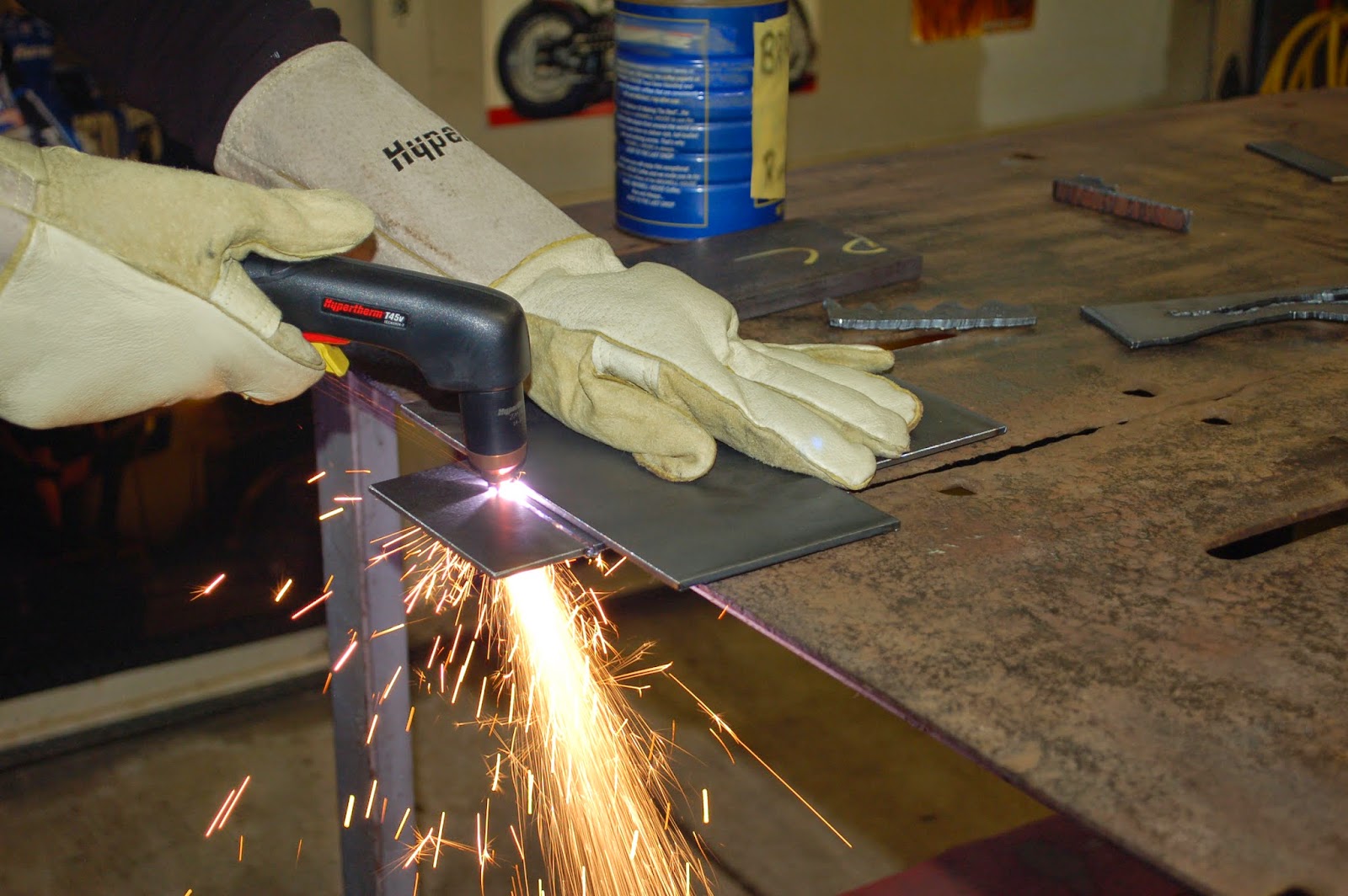Special attentions for welding and cutting metals
 1. Arc welding
1. Arc welding
Welding hazards affect not only welding workers but also other people in the vicinity. The consequential risks would be eye and skin damage, burn or inhaling toxics gas.
The following principles must be paid special attention:
– Workers and auxiliary workers must wear protection goggles or masked to shield themselves from ultraviolet rays or infrared rays manifested from welding arc.
– The goggles must be worn even while transporting airborne welding slag.
– Welding workers must wear sufficiently long gloves to protect their arms and hands from the heat, sparks, melting metals and radiation. Leather is a good insulated material for these gloves.
– Workers should wear high-collar safety boots to prevent sparks from falling inside their shoes.
– The working area should be surrounded by clear, blurry and durable material to prevent workers from the outside from seeing the electric arc.
– The welding object should be placed on solid ground, all equipments must be grounded and carefully insulated.
– Special caution must be taken in avoiding sparks manifest when welding starts. These sparks can ignite objects at the distance of 20 metres.
Arc welding: place welding object on the ground; workers must wear protection equipment; the working area must be covered.
Caution:
* Protecting only welding workers is not enough, other workers in the vicinity who can also see the electric arc must be taken into consideration too.
* Turn off all hand-held devices before putting them down.
* Matches and lighters are prohibited.
2. Oxygen-fuel welding
Acetylene and oxygen are common fuel used in welding. The tanks or cylinders containing each of these gas must be positioned separately, as their mixture can cause large explosions when leaked out. Those tanks must also be placed far from heat sources and covered from sun light. If they cannot be placed outdoor, the storage must have good ventilation. Currently being used tanks must be placed on shelves or trolleys, and not be left unattended. The device used to cut off splashes must be installed on the tank’s pressure regulator, and the check valve must be installed at the tip of the pipe where the flame comes out.
Transporting the cylinder around the workplace using trolley – The cylinder is tied standing straight
The air hose must be in good condition, easy to distinguish, and protected from heat or sharp-edged objects, dirt, especially oil. These substances, even with a small amount, can trigger an explosion if oxygen is leaked from the air hose. All seams, especially those on the tank must be sealed. In case of the acetylene cylinder is heated up, the valve must be closed, all personnel are to be alerted and evacuated from the area, a large amount of water should be provided (if it is possible, the whole cylinder should be placed in the water) and the firefighters should be called.
Caution:
* All valves must be closed after the work is finished.
* Using the oxygen from tanks to blow off dust from clothes are prohibited.
3. Welding fumes
While performing welding in closed environments, using special welding sticks or welding certain types of metal with paint coating, workers may inhale toxic gas or fumes. If the place is not adequately ventilated, workers must be provided with safety masks and oxygen for breathing. Ventilation systems are required to disperse wastes gas from welding metal materials coated in substances such as lead, zinc, cadimi and those able to create dangerous and toxic gases. Materials with paint or plastic coating must be cleaned to prevent creating toxic fumes while welding.
(Nguồn tin: Vnniosh.vn)
